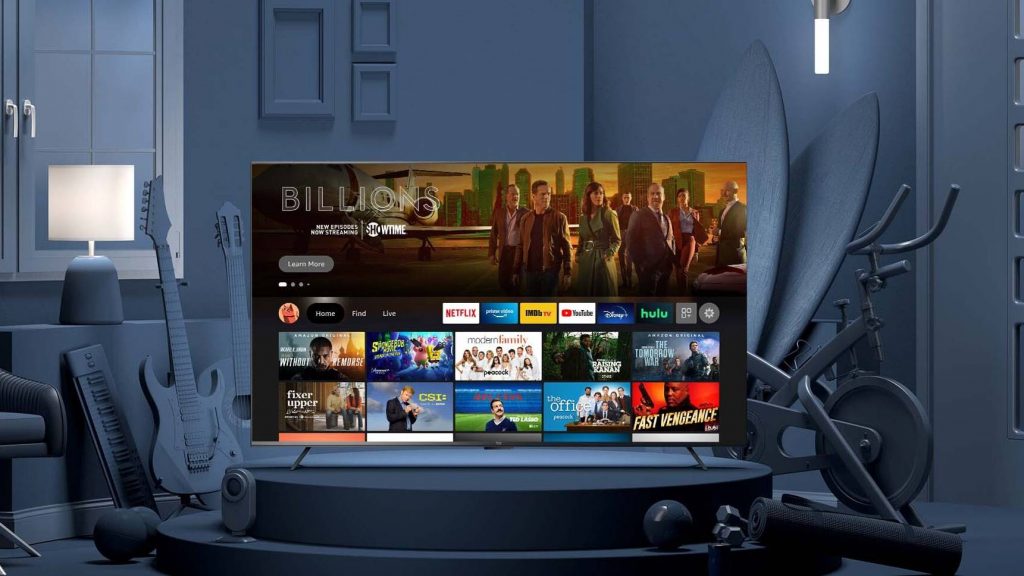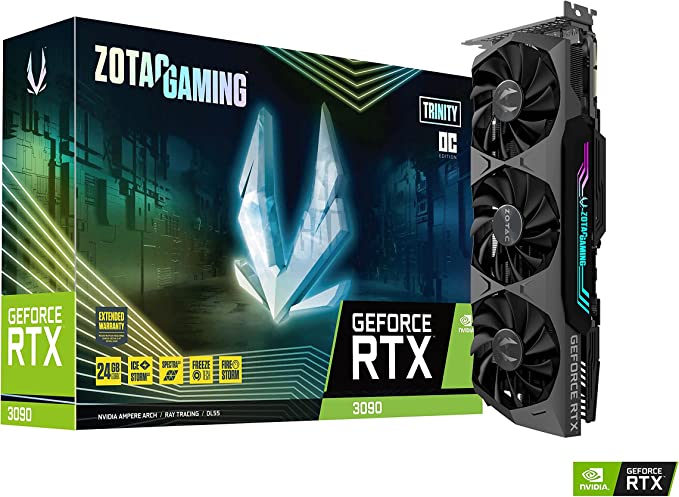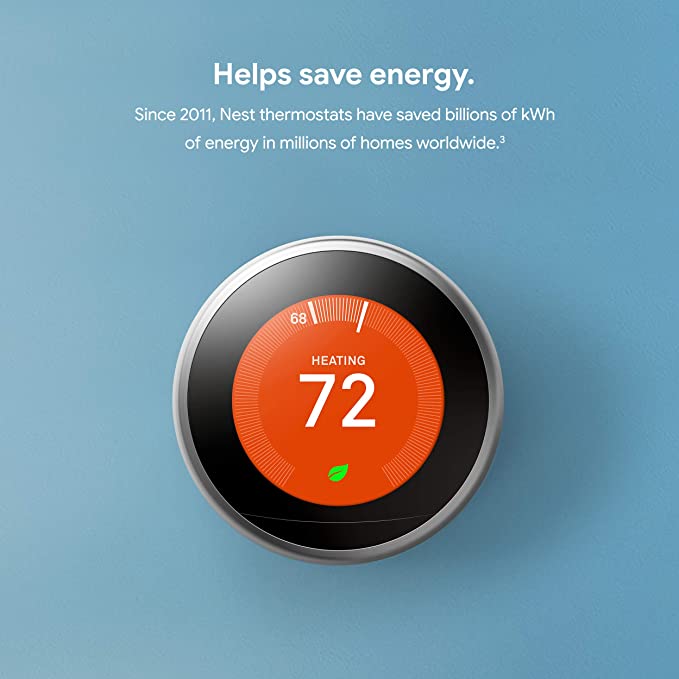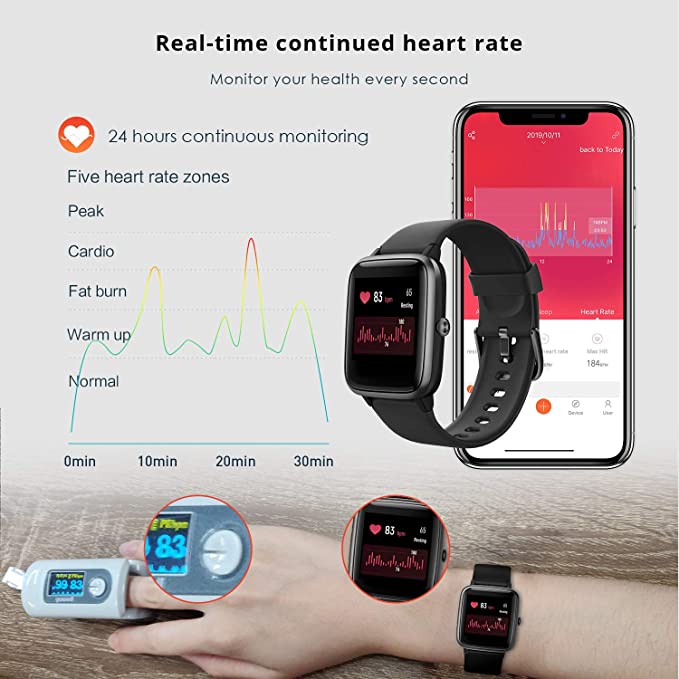From brighter TVs and weirder wearables to laptops of all shapes and sizes, here are the biggest trends we’re looking out for at CES.
CES is almost here. You can already see it if you look around: announcements about new display tech, news posts filled with spec details, and lots of strange gadgets suddenly popping up out of nowhere.
The Consumer Electronics Show is the starting point for the year in tech — a week of nonstop announcements that sets the stage for the year’s emerging trends and technologies. You can expect to see the biggest TVs of the year, early signs of what’s to come in laptops, and a whole lot of wild ideas about where cars, wearables, smart home tech, and much more are headed.
From our partners:
The event formally kicks off on Thursday, January 5th, but there’ll be plenty of news beforehand. Companies are holding press conferences throughout Tuesday and Wednesday, with the show floor finally opening up on Thursday and into the weekend. The Verge will be reporting from on the ground, so stay tuned for coverage of our favorite finds.
For now, here’s what our team is expecting as they look toward the week ahead.
Transportation
As in years past, automotive technology is expected to take center stage at CES 2023. New vehicle concepts, futuristic infotainment displays, and a barrage of aftermarket gadgets and gizmos will jockey for attention along with all the usual TVs, laptops, and other consumer technology ephemera.
EV charging infrastructure is also expected to take the spotlight
Big automotive companies are preparing major announcements, including Stellantis’ family of brands, like Ram, Peugeot, and Chrysler. Volkswagen will reveal the ID.7 sedan, its next major global electric vehicle. And top executives from Volvo, Mercedes-Benz, and BMW will be on hand to provide a glimpse of the future direction of their respective companies.
With an infusion of new cash from the federal infrastructure law, EV charging infrastructure is also expected to take the spotlight. Dozens of EV charging companies will be on hand to unveil new technologies that they argue will improve access to charging as well as improve a notoriously buggy customer experience.
Fully autonomous vehicles won’t be as much of a focus as in years past. Instead, advanced driver assistance, benefitting from improved sensor technology, will be held up as a more realistic and near-term solution to traffic safety problems.
– Andrew Hawkins
TVs
TVs are in a very good place as we kick off CES 2023. Nearly all of the HDMI 2.1 confusion has been hammered out over the last couple of years, with most high-end (and many midrange) TVs supporting 4K gaming at 120Hz, variable refresh rate (VRR), and other features. So if you were waiting for the dust to settle on that, you’re in the clear.
I expect TV makers to focus on refinement in 2023 by making iterative improvements to brightness and overall picture quality; don’t expect to see any major new concepts or ideas introduced — and 8K remains off in the distant background and isn’t worth caring about.
Instead, look for small quality-of-life upgrades like QMS-VRR (a feature that prevents the momentary blackout when switching video frame rates), even faster gaming response times, and improvements to the software that powers TVs from Samsung, LG, TCL, Hisense, and other brands. We’ll likely see a strong show of support for the Matter smart home protocol, and you can count on the never-ending LCD (including Mini LED) vs. OLED debate to continue among home theater enthusiasts as new models enter the fray in 2023.
– Chris Welch
Amazon Fire TV 75″ Omni Series 4K UHD smart TV with Dolby Vision, hands-free with Alexa

Smart home
This week, Las Vegas will be overrun with smart home gadgets. We’ll likely see innovations in popular products like smart security cameras, smart locks, robot vacuums, and smart lighting, as well as some new categories, powered by the new smart home standard Matter.
Backed by Amazon, Apple, Samsung, Google, and others, Matter is an industry-wide standard to develop a common communication protocol for the smart home. It’s important because it allows connected devices to easily communicate with each other and any smart home platform, so you won’t have to worry if a device you buy works with your smartphone or voice assistant; if it works with Matter, it should work with everything.
Google Nest Learning Thermostat – Programmable Smart Thermostat for Home
It’s long past time for the smart home to graduate to its master’s degree
Expect a landslide of Matter-compatible product announcements this week, mainly around smart plugs, smart lighting, and smart shading — which are the first device categories supported. I’m also hoping we’ll get a few announcements from companies about updating their existing products to Matter so we don’t all have to go out and buy new stuff to get in on this new smart home party.
Speaking of smart lighting, this is an area to keep a close eye on as companies look to make their products more innovative in the face of potential commoditization by Matter. Entertainment lighting has been a big trend this year — and we’ve already had announcements from GE Lighting / Cync around new products to make your living room feel like a disco party (should you want to), and we’ll likely see more.
Ultimately, though, I am hoping for more than just flashy lights and fun “experiences” out of the smart home at CES this year. Gadgets are cool and all, but it’s long past time for the smart home to graduate to its master’s degree. I want to see solutions that provide actionable energy management and take advantage of unobtrusive technologies such as Wi-Fi sensing and radar and innovations around wireless power to create a smart home that feels like a home and not a Best Buy.
– Jennifer Pattison Tuohy
Laptops
Expect to see laptops show up in their usual formation: a few weird and wacky devices that get all the buzz and a whole bunch of simple spec updates that are what people will actually buy. I’ve got an eye out for more dual-screen devices — and in particular, dual-screen devices that don’t cost more money than I could ever, in good conscience, recommend that people spend on anything. Mini LED should continue to make its way onto laptops as well as the MUX switch on the gaming side.
But most laptop enthusiasts’ eyes will likely be focused on two companies this week: Intel and AMD. While those companies don’t make laptops, the decisions they’ve made with their chips will make or break the PC market this coming year. With rumors of new Apple chips just around the corner, the other chip manufacturers of the world have a big task ahead of them — and with Intel’s struggles with efficiency last year and rumors that AMD was unable to meet demand, I’m excitedly and nervously waiting to see what direction these companies will take in 2023.
– Monica Chin
Phones
CES isn’t much of a phone show, and 2023 doesn’t look like it’s going to be an exception. There are rumors that we might see a collaboration between Motorola and its parent company, Lenovo, on a cross-branded ThinkPhone. If you get excited about productivity synergies between your phone and your laptop or about faux carbon-fiber styling, then this one is probably for you. If we do see this at CES, it’ll be interesting to find out what it looks like when the two brands combine their efforts in the nine years since Lenovo acquired Motorola.
For phone news, look forward to February
Outside of that, expect things to stay quiet until next month. OnePlus confirmed it’ll be launching its new flagship on February 7th, and Samsung rumors point to an early February event for the Galaxy S23. A little further down the line, we’ll probably see a lot more mobile news in late February and early March around Mobile World Congress. There’s a lot to look forward to in the mobile space in the coming year — more foldables in more places! So many megapixels! Actually good 5G! It’s just that none of it seems to be timed around CES. This one’s all yours, laptops, TVs, and robot vacuums.
– Allison Johnson
Monitors
Monitors of all sizes, prices, and aspect ratios made for a fun 2022. I still expect a few curveballs in 2023, but I think this coming year will also be filled with some safer bets that are exciting nevertheless.
Things should be particularly compelling in the gaming space. Ahead of CES, LG preemptively debuted 27- and 45-inch OLEDs starting at $999.99, and since LG Display is making the panels, that means that many companies are likely to follow suit with similarly sized models. This is great news because OLEDs have unparalleled picture quality and contrast and rival some of the fastest monitors available, all for a pretty competitive price. And these aren’t just flat 16:9 aspect ratio panels; we’ve already seen unique ones like the ultrawide Corsair Xeneon Flex that can be manually or automatically curved, and I expect more companies to get weird with OLEDs.
The consumer and commercial spaces are typically a little less exciting, but I’m expecting the bar to be raised on display tech and nice-to-have features like faster USB-C charging. The contrast-rich and color-accurate IPS Black panels and Mini LED backlighting are starting to catch on, and it should be easier (and possibly cheaper) to get your hands on a high-end, feature-packed monitor. Plus, as the USB-C standard expands to support faster charging and more bandwidth, it’ll be great to see monitors that can quickly charge more demanding laptops. The recently announced Lenovo Mini LED model can charge at up to 140W, and I love the trend of essentially integrating a full Thunderbolt dock into monitors. It’s convenient, and it helps you manage your cables a little better.
– Cameron Faulkner
Gaming hardware
More dakka, more hertz, more nits, more colors, hopefully at prices you can afford? The story of 2023 in gaming hardware is a combination of 1) the monitor technologies my colleague Cameron just introduced you to, 2) faster chips to drive them, and 3) the joint forces of Intel, the Steam Deck, and rampant inflation to — hopefully — bring some sanity back where pricing is concerned. (Amid inflation, desktop GPU sales just hit a 20-year low.)
What I’m excited about is the possibility of competition at the lower end.
Yes, the just-announced 500Hz IPS monitors and 240Hz OLED monitors and 240Hz QD-OLED monitors and gigantic 240Hz 57-inch Mini LED monitors will largely command ridiculous price tags, but AMD and Nvidia will be supplying chips that can actually hit those speeds in some competitive games. If the RTX 4080 can comfortably run maxed at over 500fps in Counter-Strike: Global Offensive, laptops with Nvidia’s just-announced 40-series mobile chips and AMD’s next parts should be able to make good use of them, too.
ZOTAC Gaming GeForce RTX™ 3090 Trinity OC 24GB GDDR6X 384-bit

But what I’m excited about is the possibility of competition at the lower end from Intel and AMD, seeing how the Steam Deck recently proved you can put an incredible amount of performance in a $400 handheld, lowering the bar to entry for PC gaming, period. Many boutique manufacturers like Aya, GPD, and OneXPlayer are pushing in the handheld space, and I’m hoping they figure out how to compete on price, too.
Intel is the wild card in all of this: just by being a third company in the GPU space, it could meaningfully create competition if it manages to produce cards and chips people actually want to buy, and it can raise the bar for entry-level gaming all by itself if it pushes hard enough with its integrated laptop graphics.
Lastly, I’m cautiously optimistic that VR headsets will be interesting again this year, as Sony’s PSVR2 debuts in February (though it costs more than a PS5) and HTC finally produces a real attempt at a Meta Quest competitor.
– Sean Hollister
Fitness trackers
On the digital health and wearable front, this year will continue a trend we’ve been seeing for a while: the blurring of lines between medical devices and wellness gadgets.
A good example of this is the hearable category. Hearables are wearable gadgets that, broadly speaking, improve your hearing in certain situations. They’ve always had a presence at CES, but what makes this year different is that the FDA recently issued a ruling establishing a new category of over-the-counter hearing aids. One thing to keep an eye out for is how established hearable companies like Nuheara and Eargo as well as newcomers are approaching the brand-new landscape.
Of course, you should also expect to see a handful of smartwatches and fitness trackers. Fossil usually has something timed to CES, though it’s not likely we’ll see its Gen 7 smartwatches just yet. Wearable blood pressure and blood glucose concepts and prototypes are also frequent staples of the show. And you can expect plenty of less-traditional form factors, too, from smart scales and digital blood pressure cuffs to UV sensors and lipstick printers. It’ll be a busy week.
– Victoria Song
Fitness Tracker with Heart Rate Monitor
READ MORE
19 BEST YOGA APPS THAT’LL BRING SOME MUCH-NEEDED ZEN TO YOUR LIFE
BEST MIRROR WORKOUT 2022: MIRROR, MIRROR, ON THE WALL, WHO’S THE FITTEST OF THEM ALL?
Source: The Verge
For enquiries, product placements, sponsorships, and collaborations, connect with us at hello@zedista.com. We'd love to hear from you!
Our humans need coffee too! Your support is highly appreciated, thank you!



